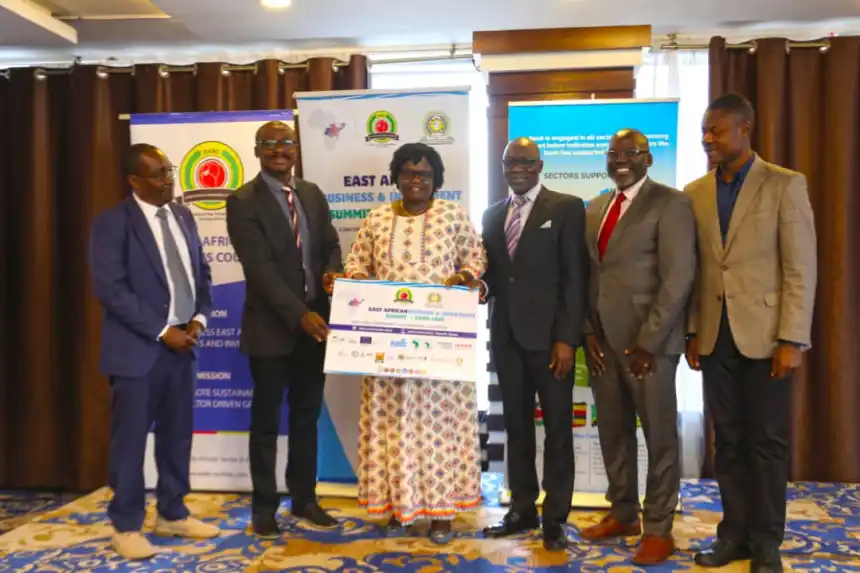The government is taking steps to align county-level levies on transit goods with the East African Community’s (EAC) Common External Tariff (CET) framework, in a bid to address concerns that inconsistent charges and tax exemptions are undermining the customs union and discouraging intra-regional investment.
EAC Cabinet Secretary Beatrice Askul said that varying levies on similar goods across partner states give selective cost advantages, distorting competition within the common market. She emphasized that these discrepancies risk deterring regional investment in priority value chains such as manufacturing.
Speaking in Nairobi during the EABC CEO–EAC Secretariat Consultative Meeting, Askul called for more innovation and product differentiation to enhance competitiveness. “The EAC’s 300 million citizens present a vast market, and adopting digital solutions within the Single Customs Territory will further facilitate trade,” she noted.
The CET, adopted in 2022, uses a four-band tariff structure, with the highest rate of 35 percent applied to products such as textiles, steel, plastics, paper, and leather, aimed at boosting local manufacturing.
The meeting also served as the launch platform for the East African Business and Investment Summit & Expo 2025, scheduled for October 16–17 in Nairobi. The summit will focus on addressing trade and investment barriers across key sectors including agriculture, manufacturing, tourism, financial services, and logistics.
EABC Vice Chairperson and KEPSA Chair Jas Bedi stressed the urgency of a unified approach in light of changing global trade dynamics. “We must think differently as East Africa. We need to act as ‘Team East Africa’ and seize opportunities collectively,” he said, warning that the expiry of AGOA in the next 45 days underscores the shift from multilateral to bilateral trade deals.
EABC Acting Executive Director Adrian Raphael Njau echoed these concerns, urging partner states to fully implement the Single Customs Territory, harmonize taxes, and remove discriminatory fiscal measures on goods originating within the bloc.
The two-day consultative forum brought together 55 representatives from Kenya’s public and private sectors to deliberate on practical solutions for boosting intra-EAC trade, which currently stands at 9.3 percent. Stakeholders agreed that tariff alignment and policy harmonization are critical to unlocking the region’s full economic potential.

